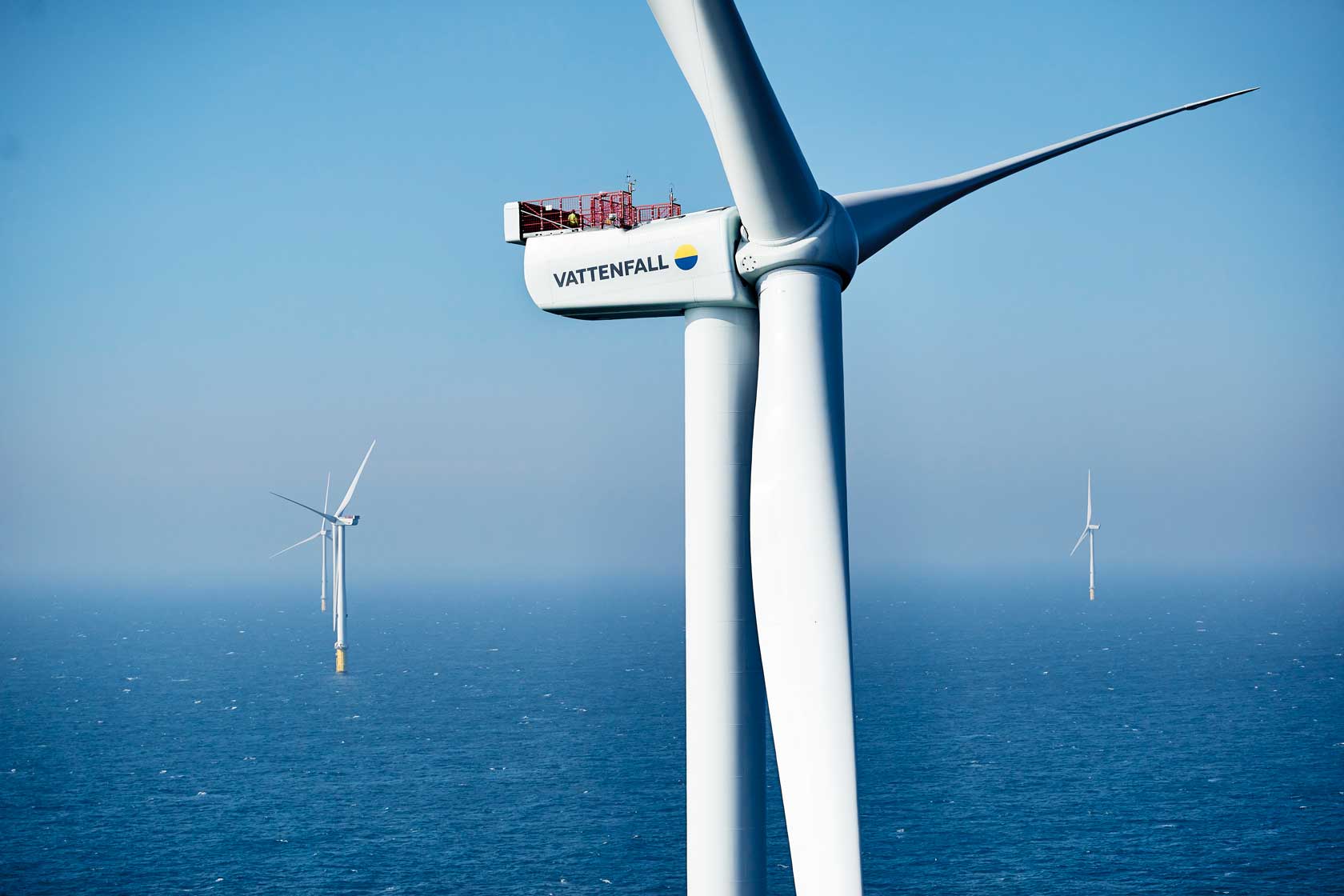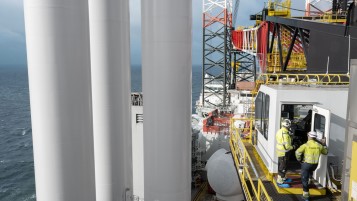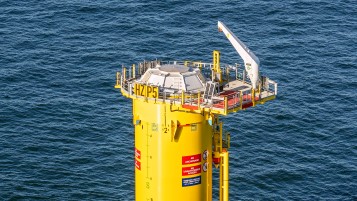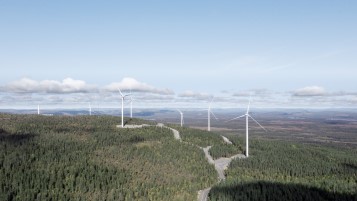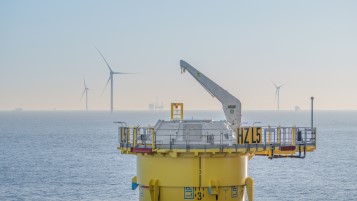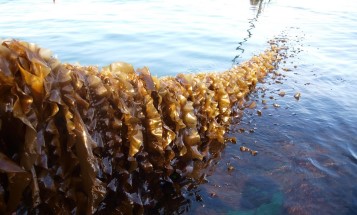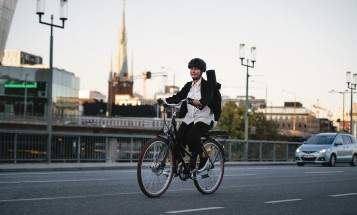Wind power
We are accelerating fossil freedom with the power of renewables.
Driven by society’s need to tackle climate change, renewable energy generation continues to grow. Wind power alone is now providing 19% of Europe’s electricity consumption. Today, wind and solar are often the cheapest forms of new generation. The whole energy system is changing, and wind power is one of the most important energy sources for driving decarbonisation.
A market leader in wind energy
Vattenfall’s purpose is clear. We want to enable the fossil freedom that drives society forward. Expanding and integrating new renewable generation capacity is a core part of that mission. We are aiming for a strong portfolio of onshore and offshore wind in combination with solar and battery technology – to continue to play a strong role in the European energy transition. Industry partnerships with companies who want to reduce their carbon footprint will be of strategic importance for the future.
Today, Vattenfall operates more than 1,300 wind turbines with a total installed capacity of approximately 6.1 GW across five countries in Europe.
Video player requires marketing cookies.
To view this content please click here to allow marketing cookies.
Low carbon footprint
Rapid growth of wind power is happening and Vattenfall is looking into further minimizing the carbon footprint of wind turbines. Learn more in this video.
Examples of our flagship projects
Hollandse Kust, the world's first non-subsidised offshore wind farm
In 2023, the world’s first subsidy-free offshore wind farm was inaugurated in the Netherlands. The fossil free energy from Hollandse Kust Zuid will benefit households, businesses and industrial partners. Vattenfall built Hollandse Kust Zuid together with its industrial partner BASF and Allianz insurance company.
Kriegers Flak offshore wind farm
Kriegers Flak offshore wind farm has a capacity of 604 MW which makes it Denmark's and Scandinavia's largest offshore wind farm.
Since it was taken into operation in 2021, it has increased Danish production of wind power by 16 per cent. and its 72 offshore wind turbines are able to cover the annual energy consumption of approximately 600,000 Danish households.
Blakliden Fäbodberget onshore wind farm
Blakliden Fäbodberget, located in northern Sweden, is Vattenfall’s largest onshore wind farm to date. The annual production of just over 1 billion kWh equals the consumption of around 220,000 Swedish households.
Construction began in 2018 and the wind farm went into commercial production in spring 2022. As the turbines are taller, have a longer life span than previously and with a clear environmental focus on both transportation and choice of materials, the overall emissions during the next 30 years are estimated to be as low as 8 grams of CO2 per kWh.
The wind farm is located in Åsele and Lycksele municipalities, just south of the Arctic circle. The transportation of the many rotor blades and the construction work were challenging as temperatures reached as low as -30 degrees C from time to time, but all 84 wind turbines are now installed and in operation.
Video player requires marketing cookies.
To view this content please click here to allow marketing cookies.
Hybrid parks combine batteries, wind and solar
Watch the video: Batteries are balancing the grid stability and storing fossil-free electricity. In the Netherlands Vattenfall is combining the three technologies at the Haringvliet energy park.
News and press releases
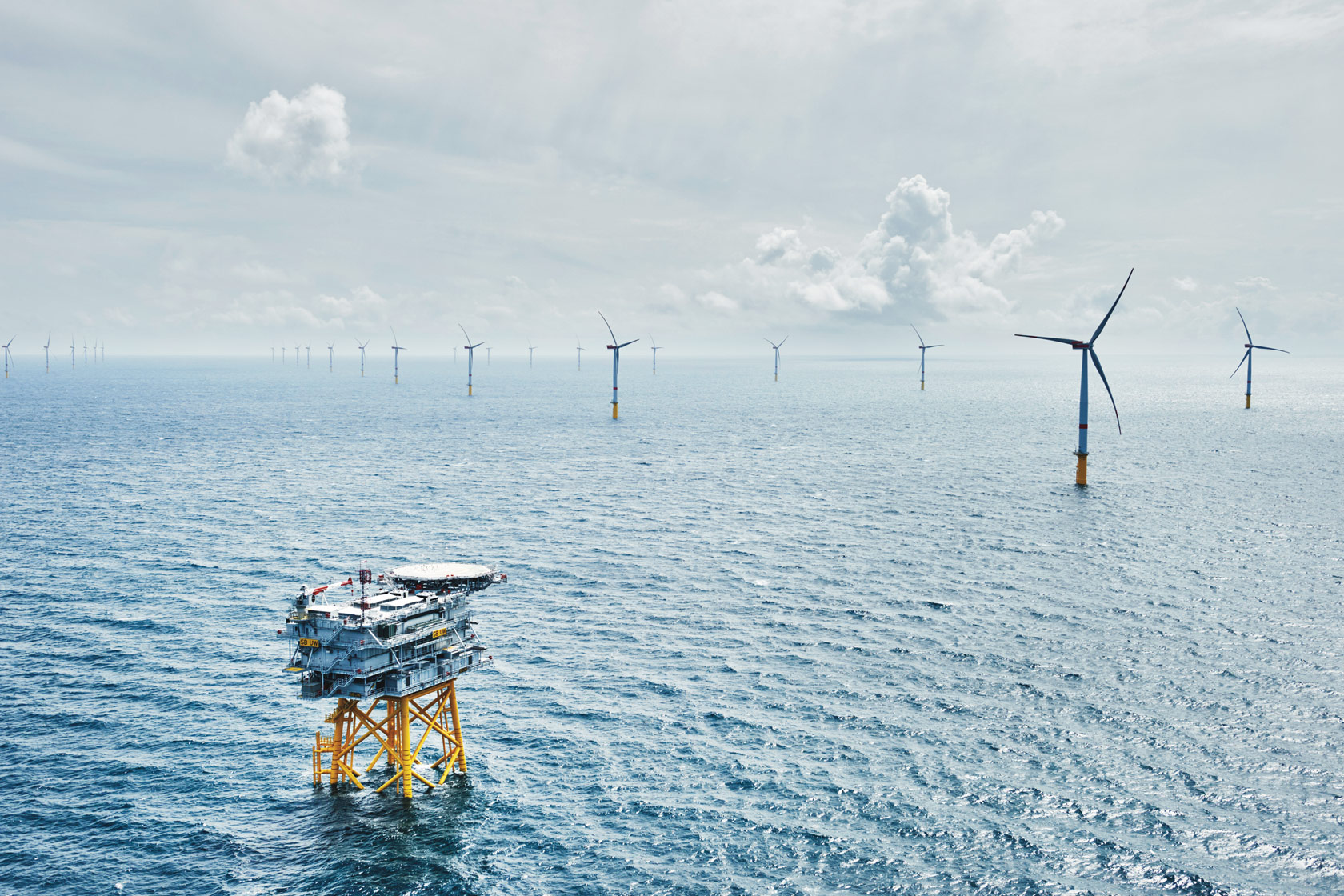
Our wind farms
Find out more about Vattenfall’s onshore and offshore wind farms, their location and other facts.
Synergies of wind, sun and battery storage
Wind and solar energy complement one another well. Solar power works best in the summer, when wind energy output tends to be lower, and wind generation is most effective in winter, when solar energy is low. In our renewable hybrid power plants we get the most out of the combined potential of solar, wind and battery technology and support balancing of the grid system.
In the Netherlands, we have constructed a solar park at the Haringvliet wind farm. It is combined with a battery storage facility to support the integration of renewable energy into the system.
Wind – the fuel for electrification
To protect the climate, fossil fuels must not only be reduced in the electricity sector, but also in sectors such as transport, heat and industry. Integrating electricity from renewable energy sources into these sectors through the use of technology is called sector coupling. Sector coupling will play a key role in our strategy to use renewable energy sources. Whenever there is excess of supply of electricity from wind and solar energy, it can be used in various ways with sector coupling applications, such as hydrogen, power-to-heat or batteries for e-mobility.
Wind power and the environment
The largest environmental impact of wind power is during the building phase due to production of equipment and transportation. We carry out an Environmental Product Declaration (EPD) to assess the impact of both onshore and offshore wind projects. Wind power emits no CO2 when producing energy and it is the fastest growing energy source in the EU.

Environmental Product Declaration
We carry out an Environmental Product Declaration (EPD) to assess the impact of projects.
Related content
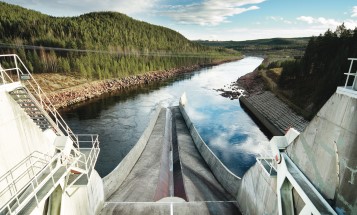
Hydro power is economically attractive and has low levels of CO2 emissions.
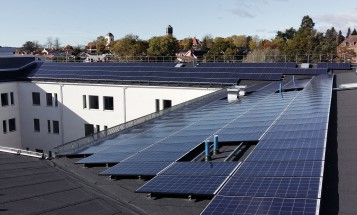
Solar power is essential in a sustainable and fossil free energy system.

Biomass is a renewable energy source and can be used to produce both heat and electricity.

